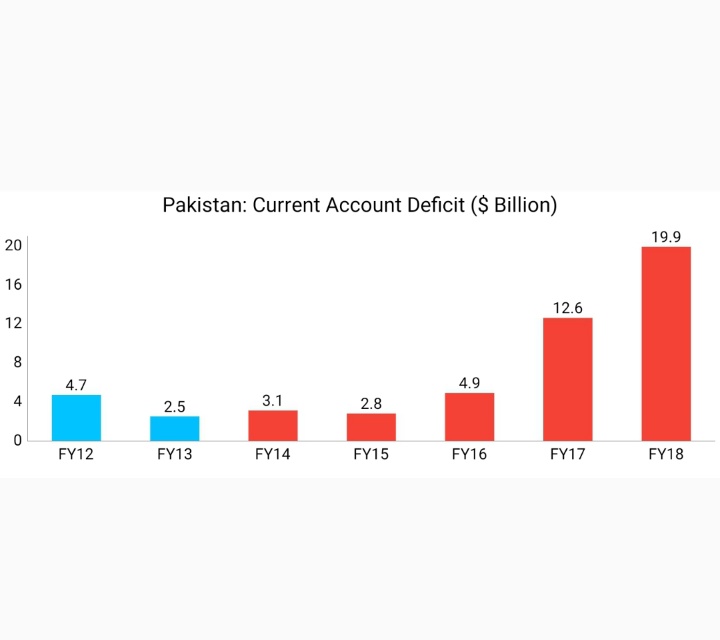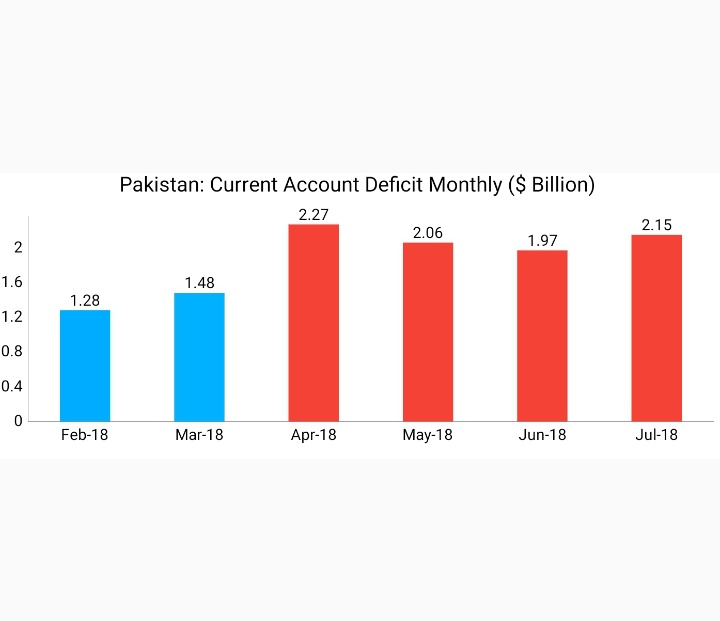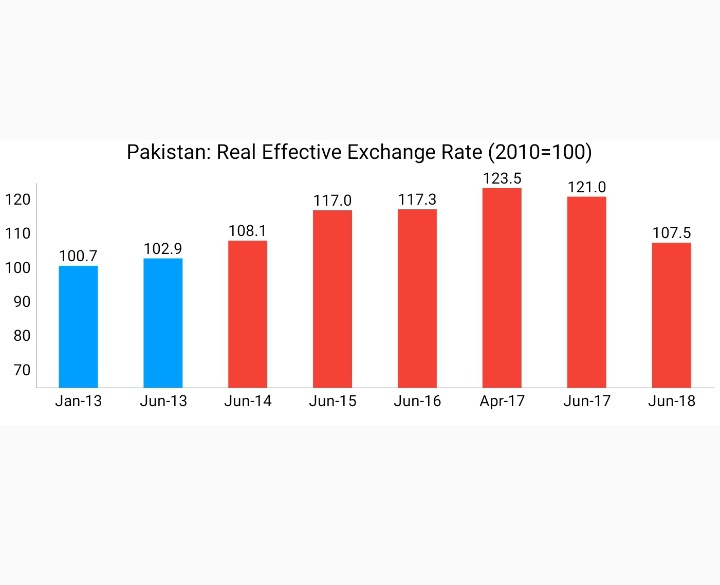Thread: “Eid se pehle petrol bomb ka tohfa”
People should know the truth rather than believing in conspiracies. #PetrolPriceHike was expected as crude oil prices were rising & this increase of Rs5.40 is actually lower than the increase in the cost of petrol.
1/N
People should know the truth rather than believing in conspiracies. #PetrolPriceHike was expected as crude oil prices were rising & this increase of Rs5.40 is actually lower than the increase in the cost of petrol.
1/N

The cost of petrol (base price) increased by Rs9.78. So, the govt actually reduced the taxes by Rs4.40 to not pass on the full increase
To give you the context, taxes on petrol are already the lowest where petroleum levy is reduced to zero & GST reduced from the standard 17%
2/N
To give you the context, taxes on petrol are already the lowest where petroleum levy is reduced to zero & GST reduced from the standard 17%
2/N

Taxes on petrol are at Rs11.48, the lowest since Nov-18 & 9.72% of retail price, the lowest since recallable memory
Govt has set a target of Rs610bn for FY22 to be collected in lieu of petroleum levy. Now that it is reduced to zero, it could result in higher fiscal deficit
3/N
Govt has set a target of Rs610bn for FY22 to be collected in lieu of petroleum levy. Now that it is reduced to zero, it could result in higher fiscal deficit
3/N

People need to understand this you're not getting a relief, when a govt subsidies petrol on the expense of a higher fiscal deficit. Cuz, it will result in a higher public debt & ultimately, it will be borne by citizens
Rising crude oil prices is to blame for #PetrolPriceHike
4/N
Rising crude oil prices is to blame for #PetrolPriceHike
4/N

Media should report correctly to convey the actual facts to the public rather than giving headlines of a “Petrol Bomb” by the govt. Yes, the retail price is at an all time high, so does the cost of petrol. Taxes on petrol are at historic lows
And, prices are lower in Pak
N/N
And, prices are lower in Pak
N/N

• • •
Missing some Tweet in this thread? You can try to
force a refresh



















